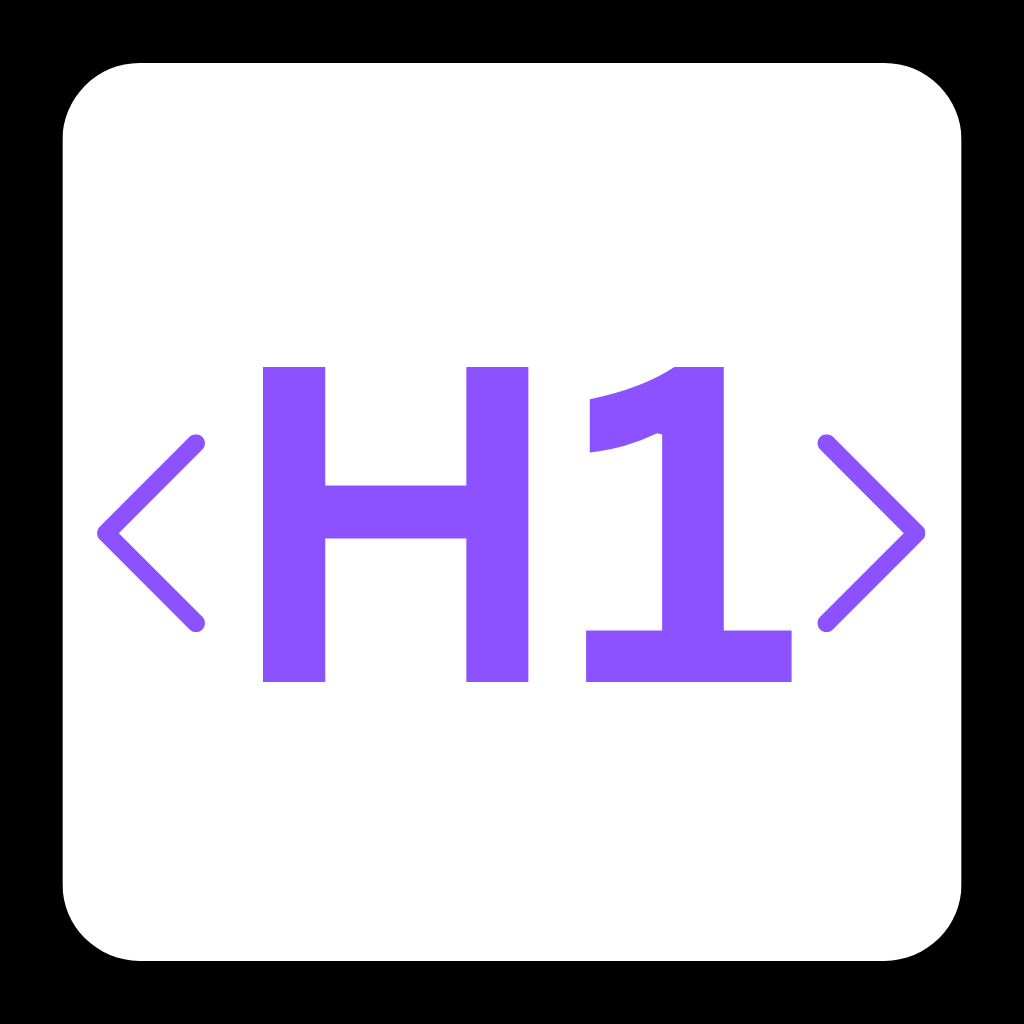Is AI Cheating Killing Education? Why Blue Books Are Making a Comeback

📚 The AI Cheating Epidemic: Why Schools Are Fighting Back With Paper
AI tools like ChatGPT have turned classrooms into battlegrounds. Students are using chatbots to write essays, solve math problems, and even take online exams—leaving educators scrambling for solutions. Now, colleges are reviving a relic from the analog age: blue books. These once-dreaded exam booklets are suddenly booming in sales as schools wage war against AI-enabled cheating. But is this 20th-century tool enough to save 21st-century education? Let’s dive in.
💻 The Problem: AI’s Classroom Takeover
ChatGPT’s 2022 debut unleashed a cheating crisis. Here’s how bad it’s gotten:
- 📈 Blue book sales surged 30% at Texas A&M, 50% at the University of Florida, and 80% at UC Berkeley since 2022.
- ⏳ Time-crunched analog tests: Students must handwrite essays in class, making AI shortcuts impossible.
- 🖋️ The pain of penmanship: Tiny pages, messy handwriting, and the stress of timed writing—blue books are no one’s favorite, but they’re effective.
Why the sudden shift? AI’s ability to generate human-like text has made traditional take-home assignments and online exams vulnerable. Blue books force students to think—not copy-paste.
✅ The Solution: Back to Basics
Universities are betting big on blue books to restore academic integrity:
- ✅ Cheat-proof exams: Handwritten essays in controlled settings eliminate AI interference.
- ✅ Critical thinking revival: Students can’t rely on chatbots to structure arguments.
- ✅ Low-tech, low-cost: No software licenses or AI detectors needed—just paper and pens.
Schools like UCLA and Ohio State have expanded in-person testing, while others mandate blue books for all essay-based courses. But is this a sustainable fix—or a Band-Aid?
⚠️ The Challenges: Why Blue Books Aren’t Perfect
This retro solution comes with its own headaches:
- 🚧 Physical limitations: Small pages and rushed handwriting can disadvantage students with disabilities.
- ⚠️ Student backlash: Many argue timed essays test speed, not knowledge—and feel like a step backward.
- 📉 Scalability issues Grading hundreds of handwritten booklets strains already overworked professors.
As one UC Berkeley TA told The Wall Street Journal: “I spend hours deciphering scribbles. It’s exhausting.”
🚀 Final Thoughts: A Stopgap—Not a Strategy
Blue books are a temporary win against AI cheating, but they highlight a bigger problem: education systems haven’t adapted to AI’s rise. For this solution to work long-term, schools must:
- 📈 Invest in hybrid models: Blend in-person writing with AI literacy training.
- 🤖 Redesign assessments: Focus on oral exams, projects, and AI-collaboration tasks.
- 🎓 Update honor codes: Clearly define consequences for AI misuse.
Is forcing students to scribble in blue books the future—or just nostalgia for a simpler time? What do YOU think: Should schools fight AI with analog tools, or embrace the tech?
Let us know on X (Former Twitter)
Sources: Lucas Ropek. AI Cheating Is So Out of Hand in America’s Schools That the Blue Books Are Coming Back, May 27, 2025. https://gizmodo.com/ai-cheating-is-so-out-of-hand-in-americas-schools-that-the-blue-books-are-coming-back-2000607771










